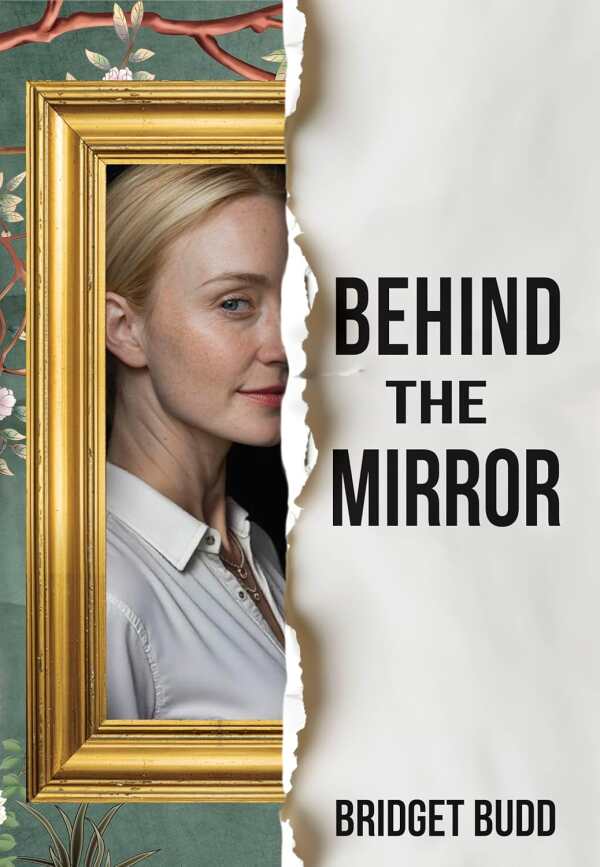Behind The Mirror
A woman explains her personal successes to a journalist in the reflective novel Behind the Mirror.
In Bridget Budd’s inspiring novel Behind the Mirror, a woman with lifelong emotional challenges explains her gradual process of personal integration and healing.
Laura, an award-winning journalist, arrives on Whidbey Island to interview Julie, who had a dysfunctional childhood. Julie also founded Girls Rise and Shine, a nonprofit organization that helps young women move beyond their troubled backgrounds. After touring Julie’s coastal home, the women begin their in-depth conversation.
Now in her fifties, Julie relates her fragmented history with candor, detailing how her estranged mother, Susan, often prioritized drugs, drinking, and men over her well-being. Julie was forced to be self-sufficient from an early age. However, her ability to form meaningful connections was also stunted by her childhood, undermining her various marriages. Now, reflecting on her mother’s narcissistic and mercurial behavior patterns, she finds insight into her own marital troubles and internalized insecurities.
Taking place over a two-day period, the interview at the book’s center is consuming. Beyond the pain she experienced, Julie shares details about growing up in rural Oregon, as of raking autumn leaves, and from her married life, as of “late-night movie marathons” and “simple, quiet, and steady” routines. Heavier are mentions of dark routines, as of her biological father consuming alcohol as if it were a dietary staple. Such tension is relieved by conversational interludes: Julie and Laura break from their official interaction to enjoy meals prepared by Julie’s home chef. They also observe the beauty of the Pacific Northwest as eagles glide overhead and spattering rain turns into a gentle drizzle.
There is a sometimes unnatural quality to the women’s conversations. For instance, as Julie details her struggles with commitment and self-worth, she refers to technical concepts, as of “generational wounds” and the psychological effects of the enteric nervous system, rather than to her emotions; her characterization is quite distant as a result. Her metaphysical influences, including astrology and the mysterious workings of “the Universe,” are mentioned more in passing, and her movement toward therapeutic breakthroughs is somewhat vague: She experiences a heightened, sudden “sense of presence,” for instance.
Though the novel moves toward explanations of Julie’s holistic closure, its final chapter is quite compressed. It describes Julie’s current husband and the founding of her nonprofit as milestone moments, but without fleshing these senses of equilibrium and togetherness out in full. Further, shifts in the narrative perspective impede the book’s momentum throughout, as when it moves between Julie’s speech and Laura’s interior thoughts. A repeated inconsistency in the spelling of a character’s name is also interruptive.
In the expressive novel Behind the Mirror, a woman overcomes the pain, dysfunction, and instability of her formative years to find purposeful healing.
Reviewed by
Meg Nola
Disclosure: This article is not an endorsement, but a review. The publisher of this book provided free copies of the book and paid a small fee to have their book reviewed by a professional reviewer. Foreword Reviews and Clarion Reviews make no guarantee that the publisher will receive a positive review. Foreword Magazine, Inc. is disclosing this in accordance with the Federal Trade Commission’s 16 CFR, Part 255.

